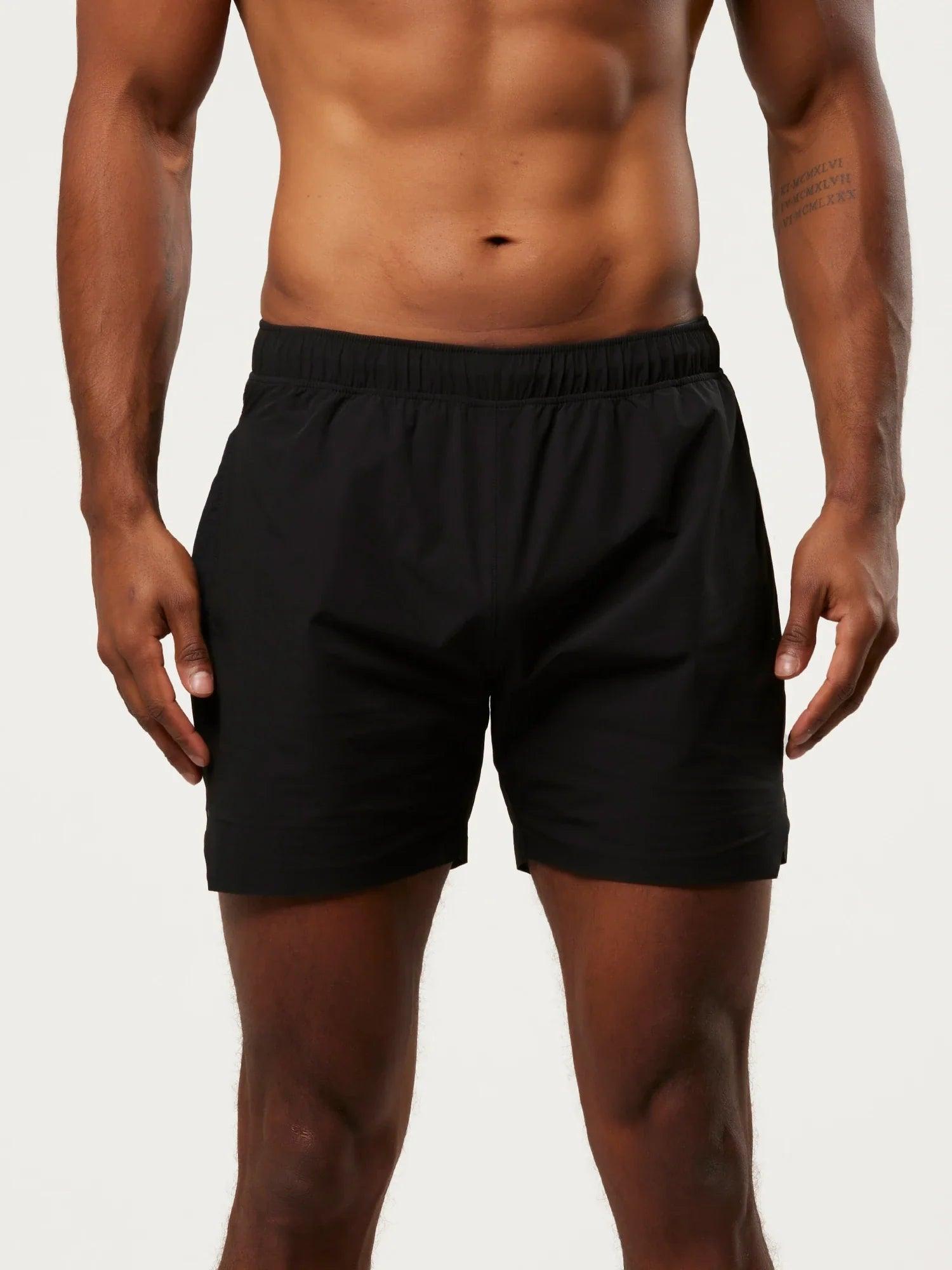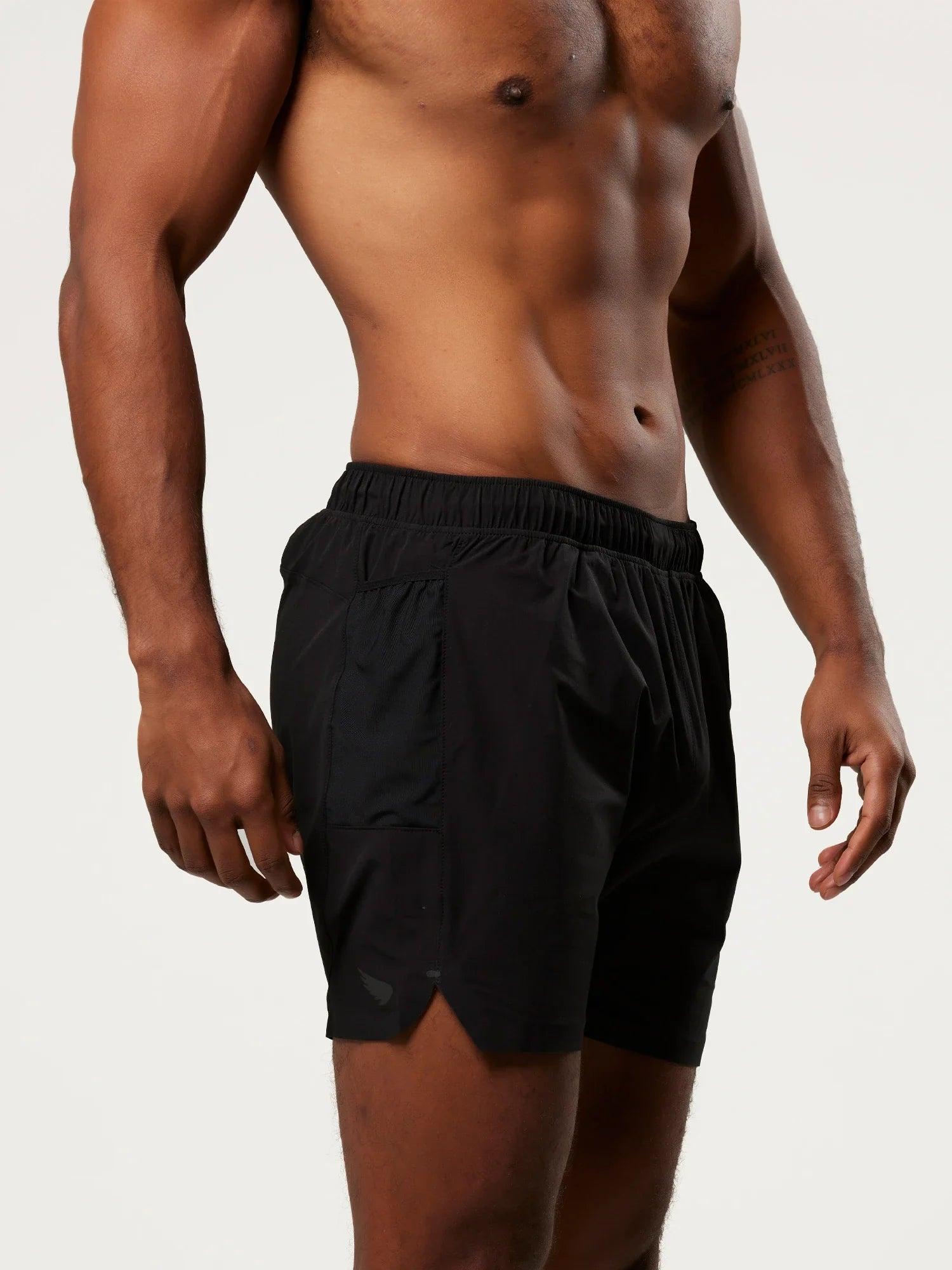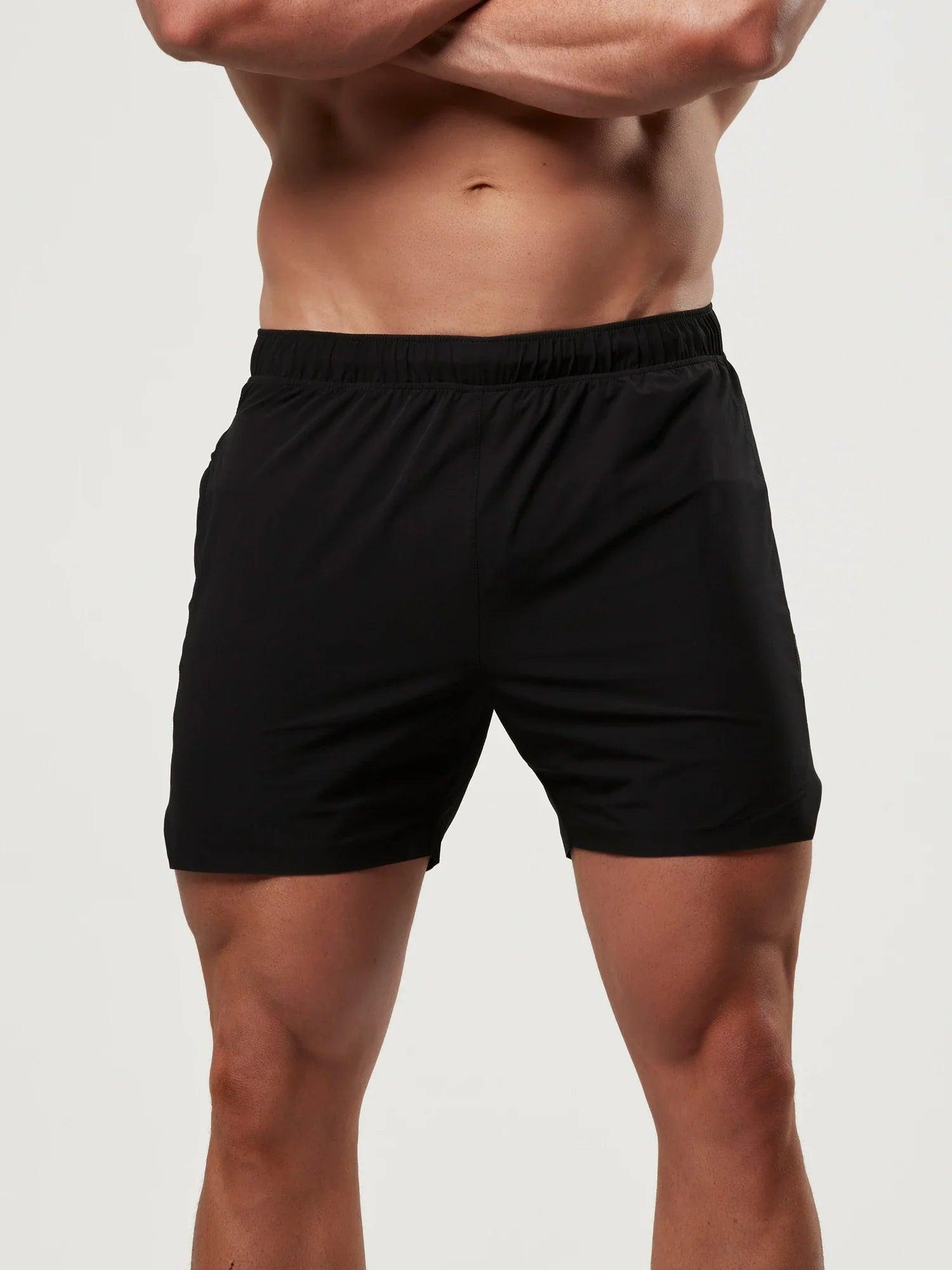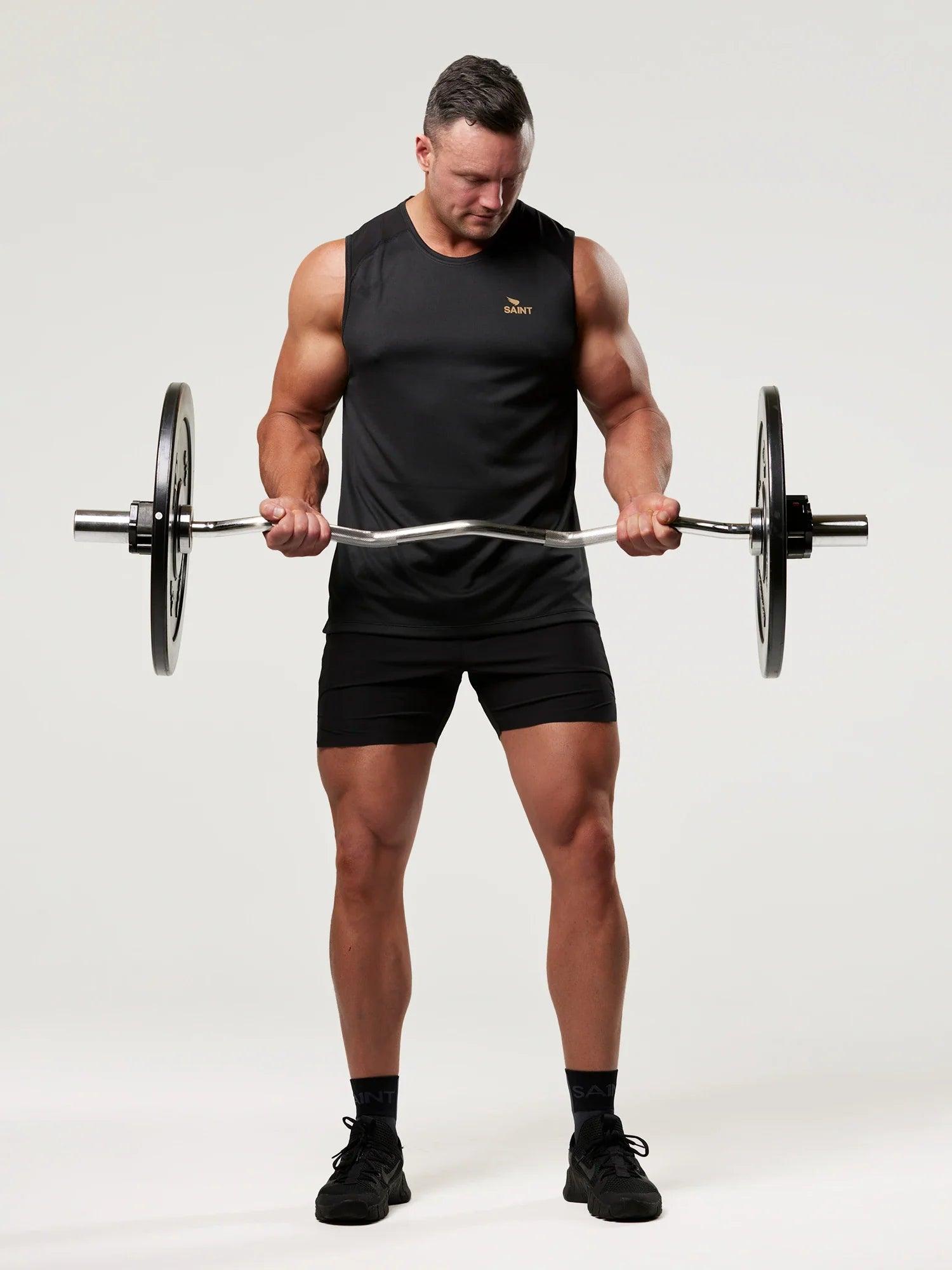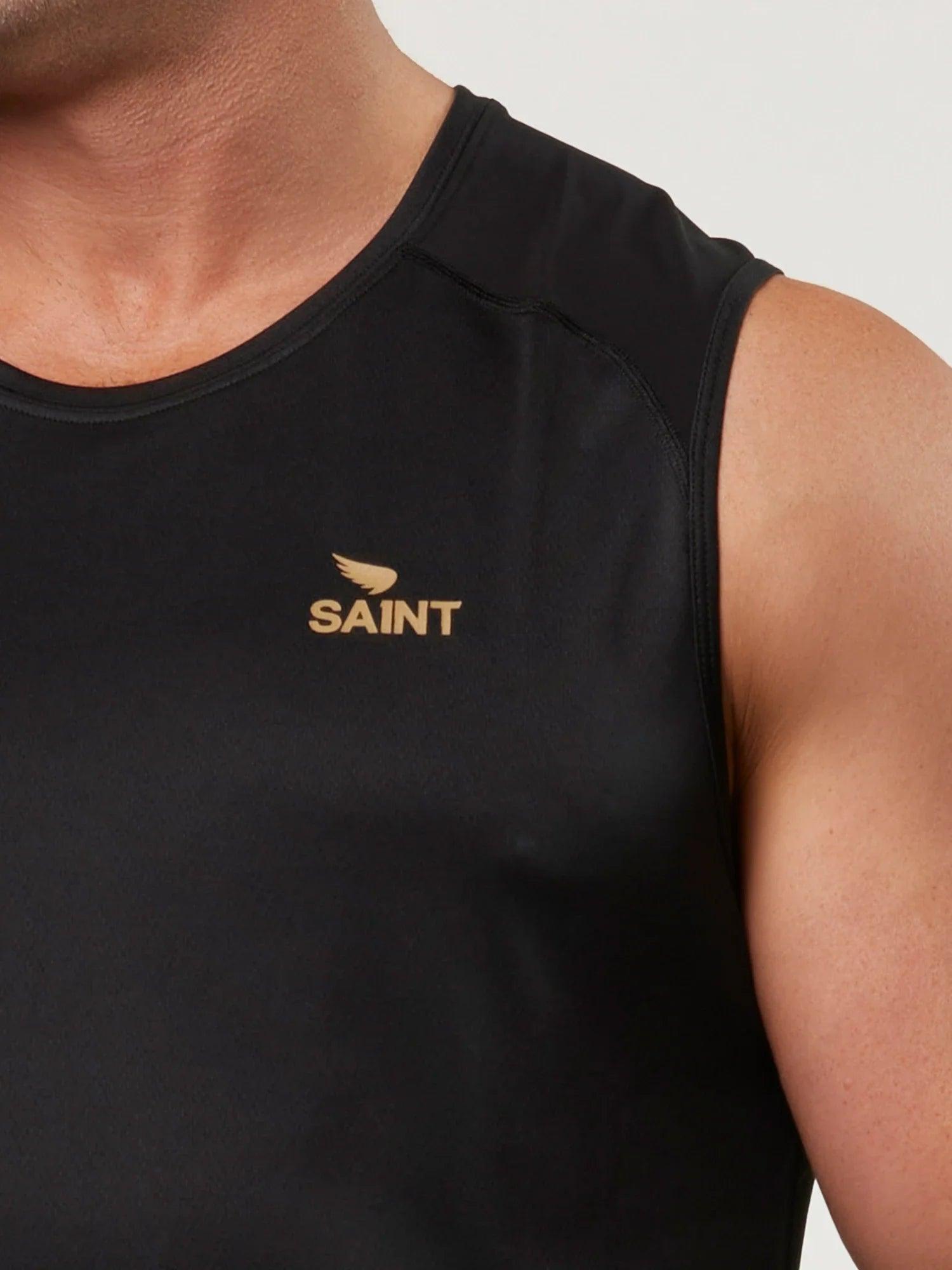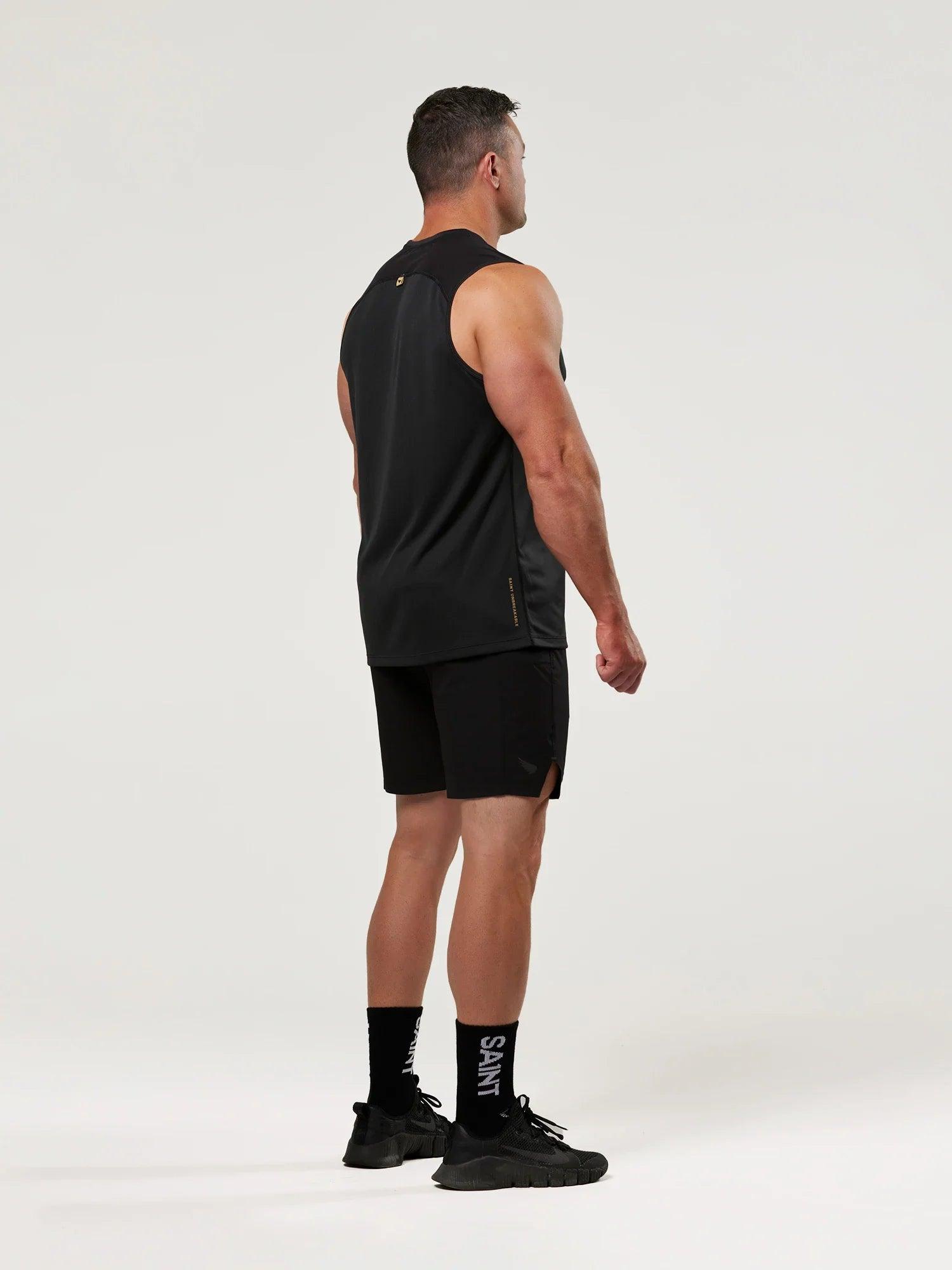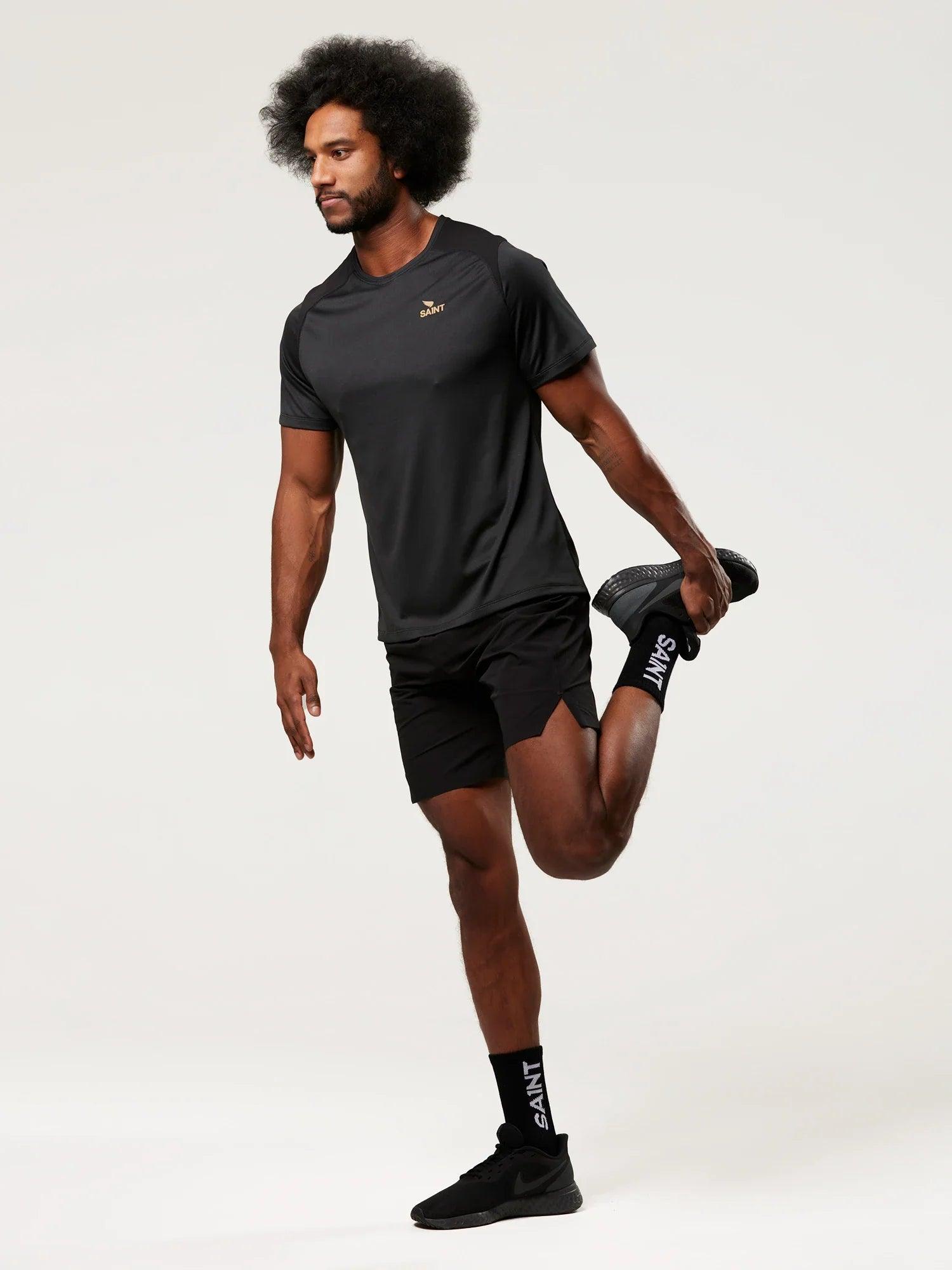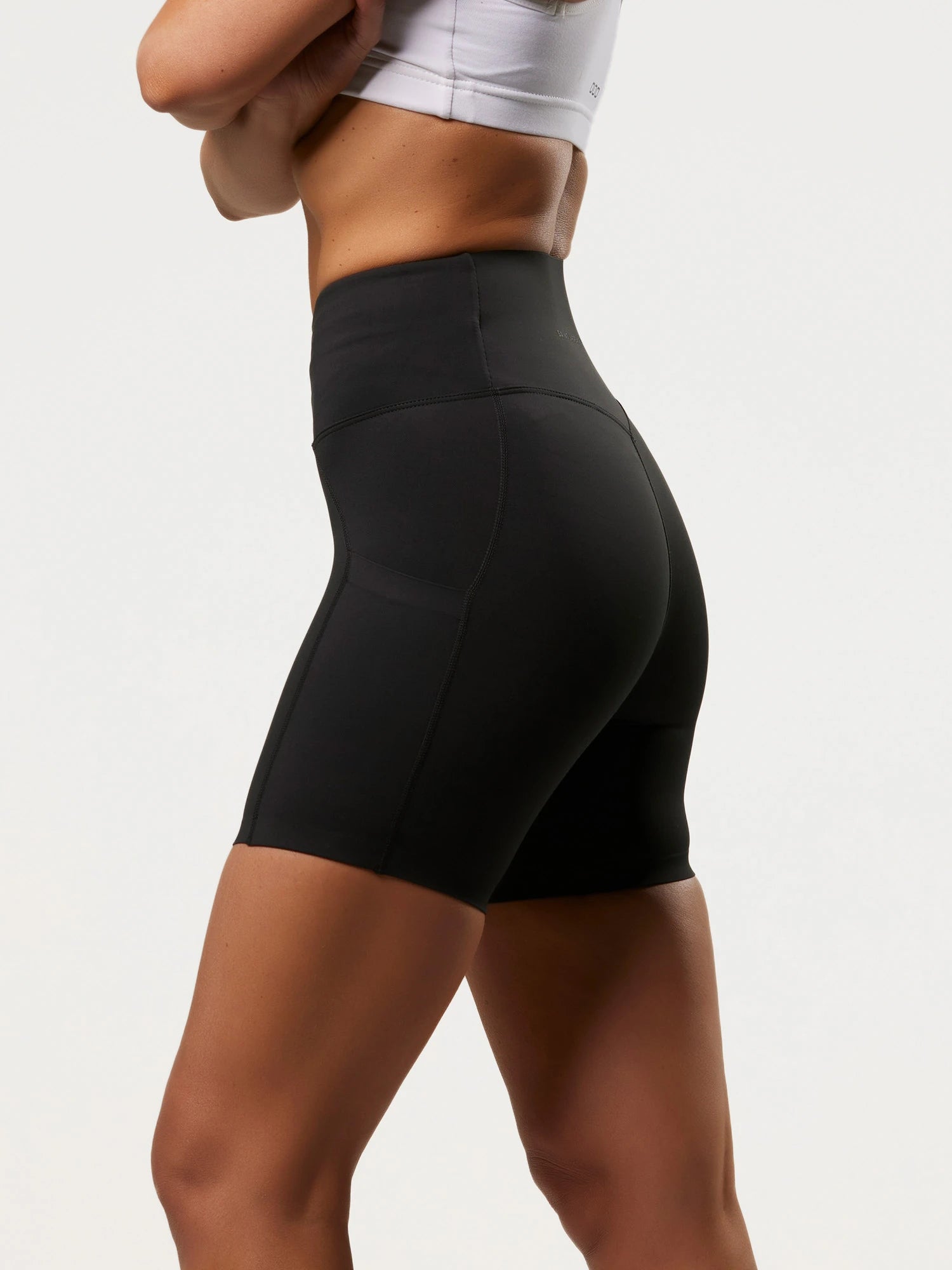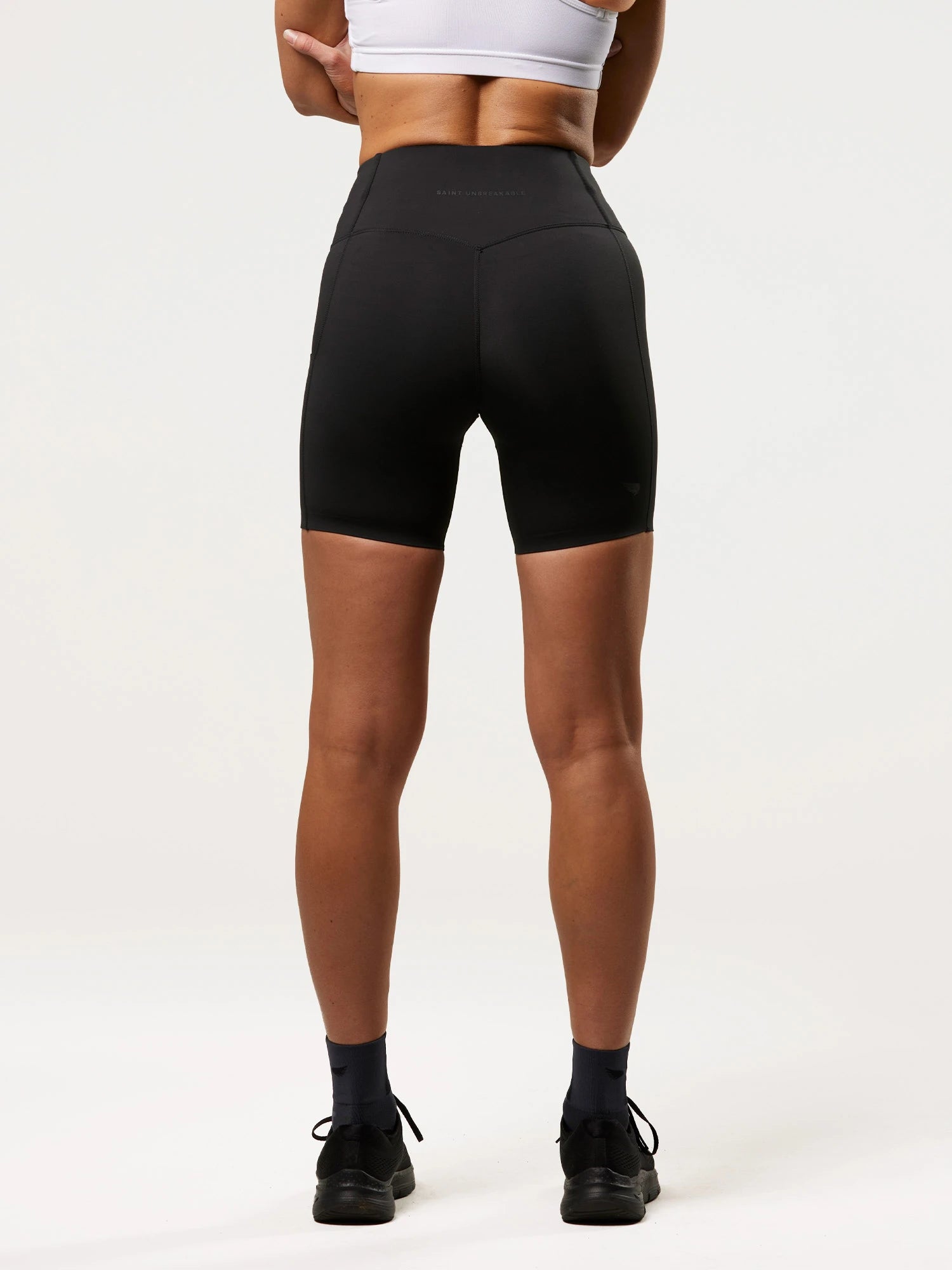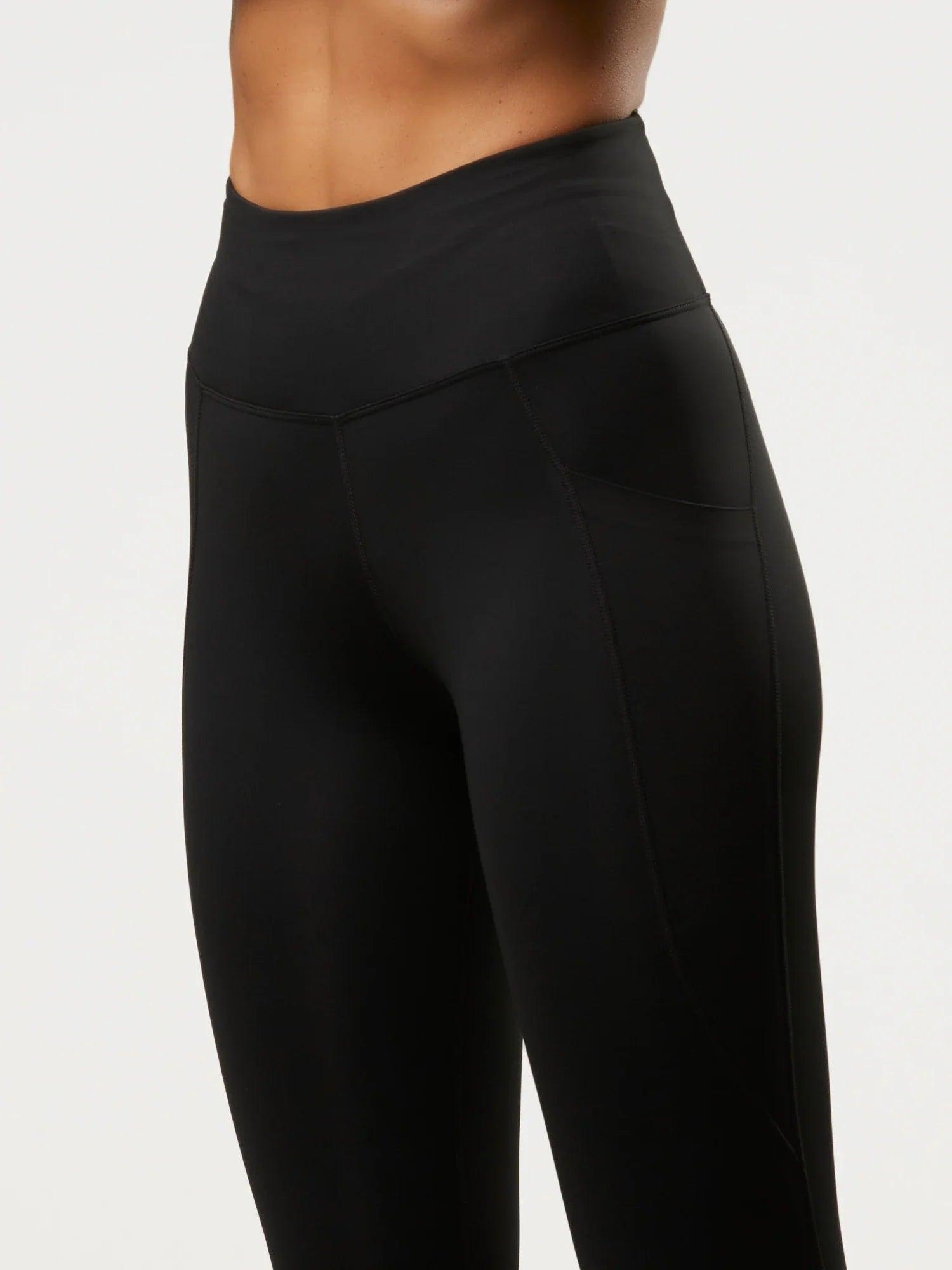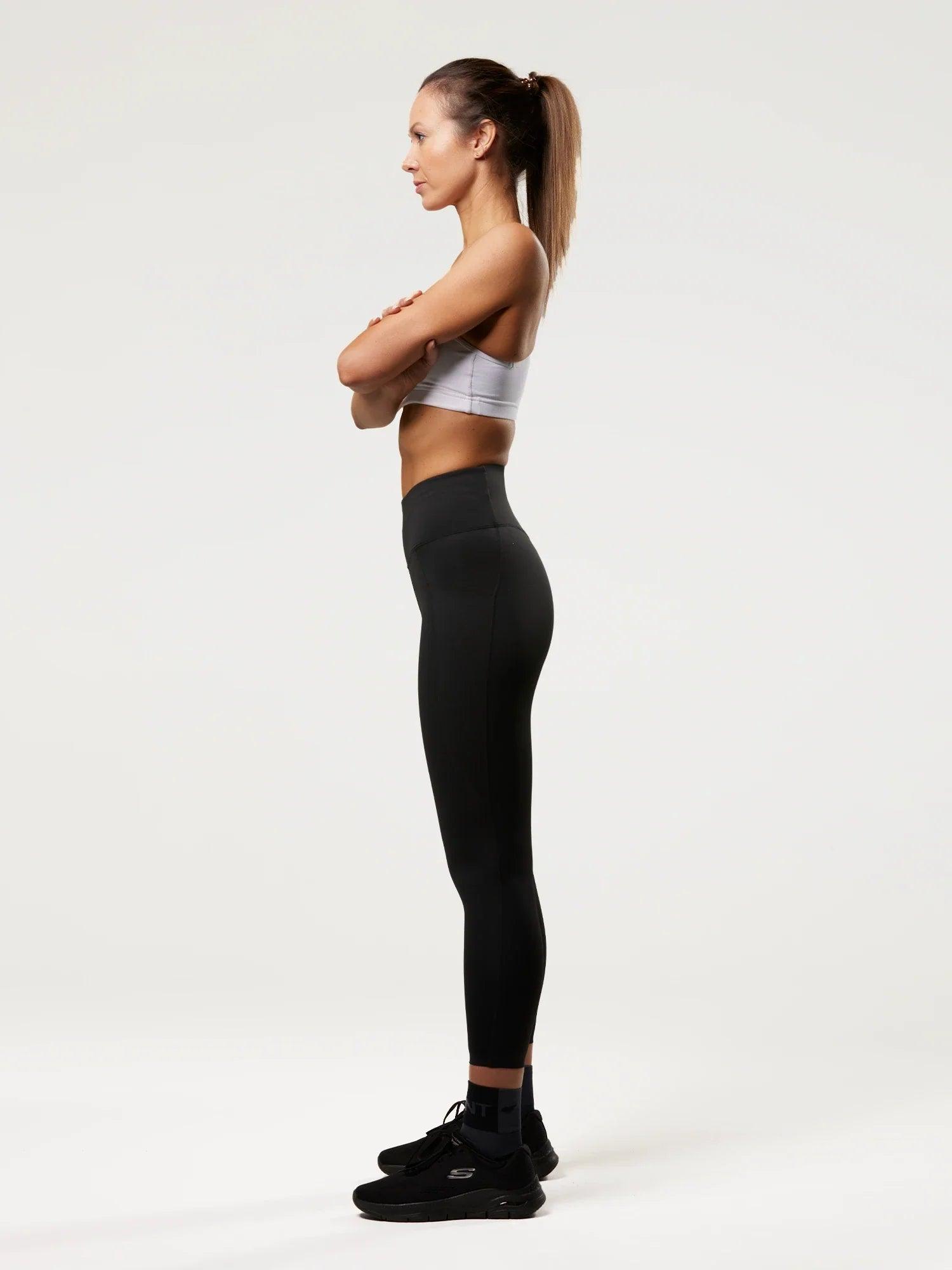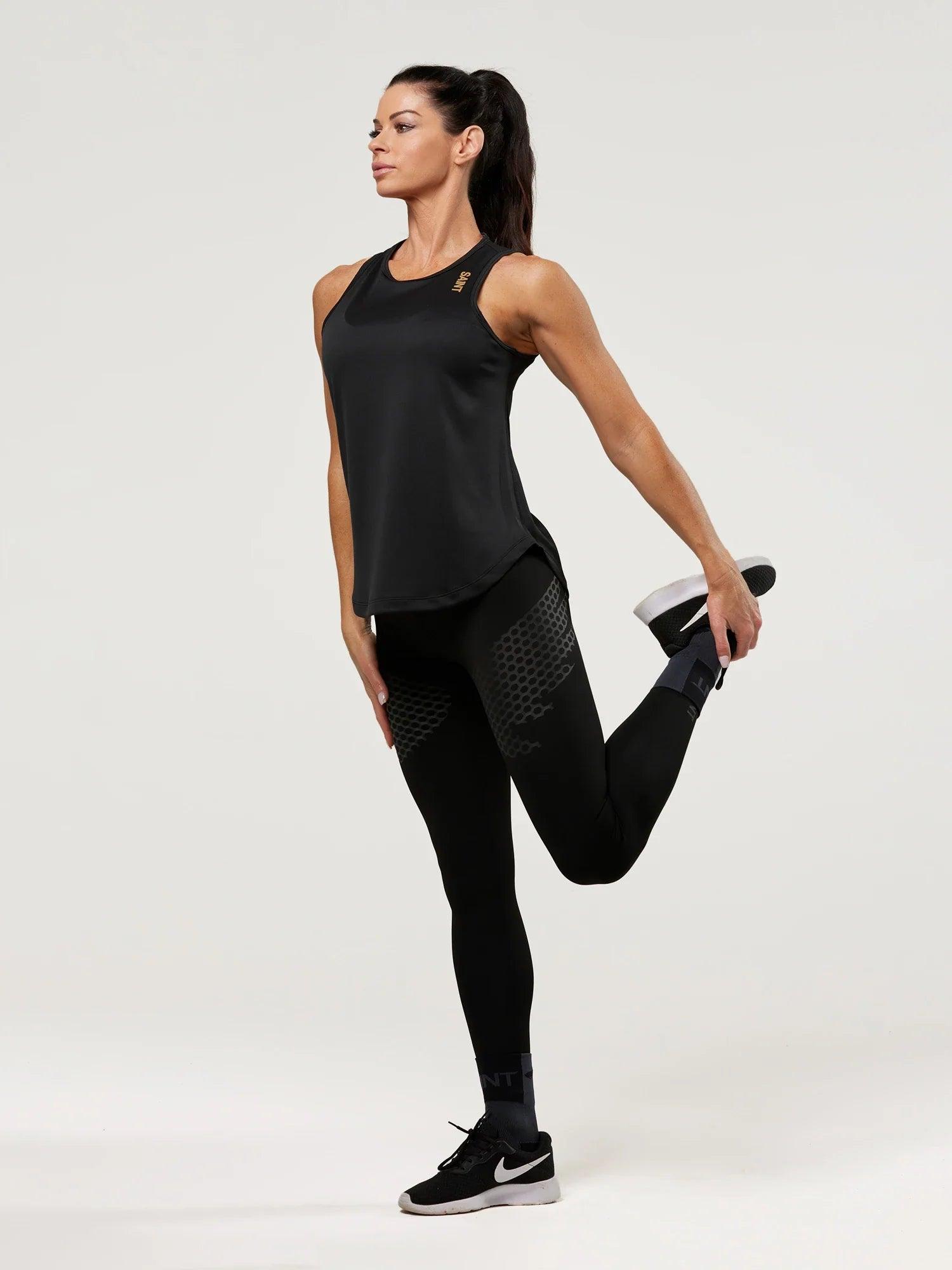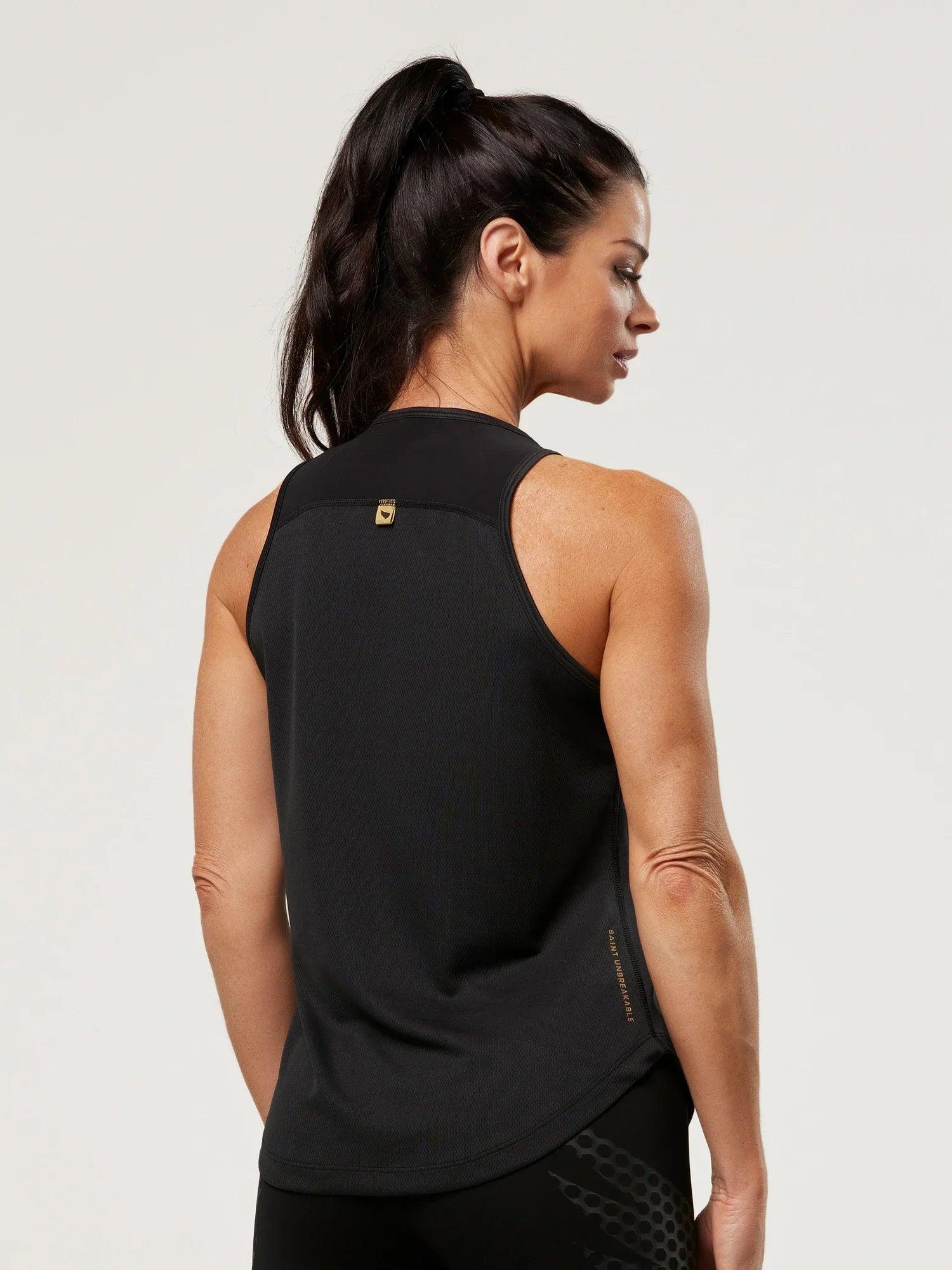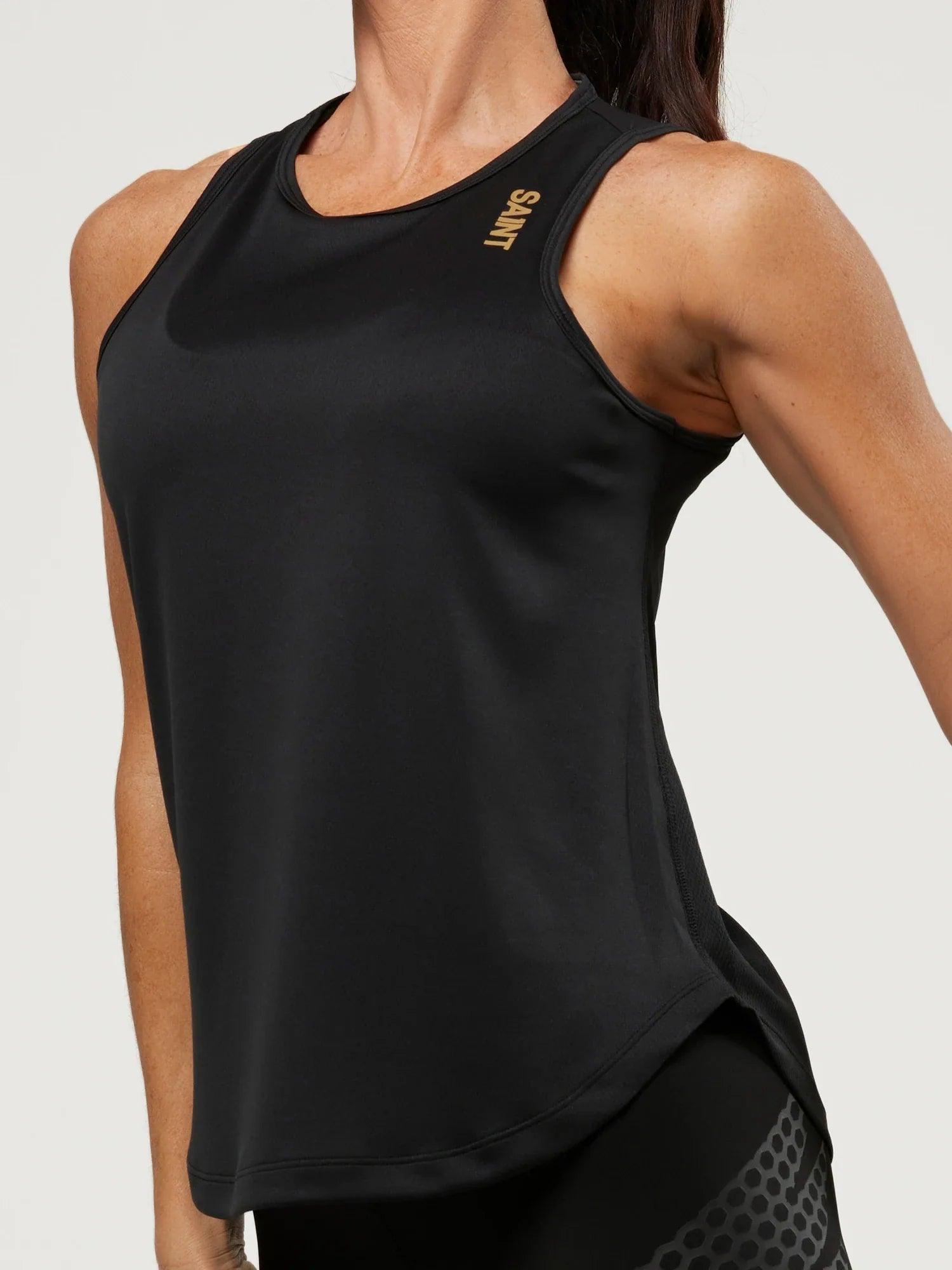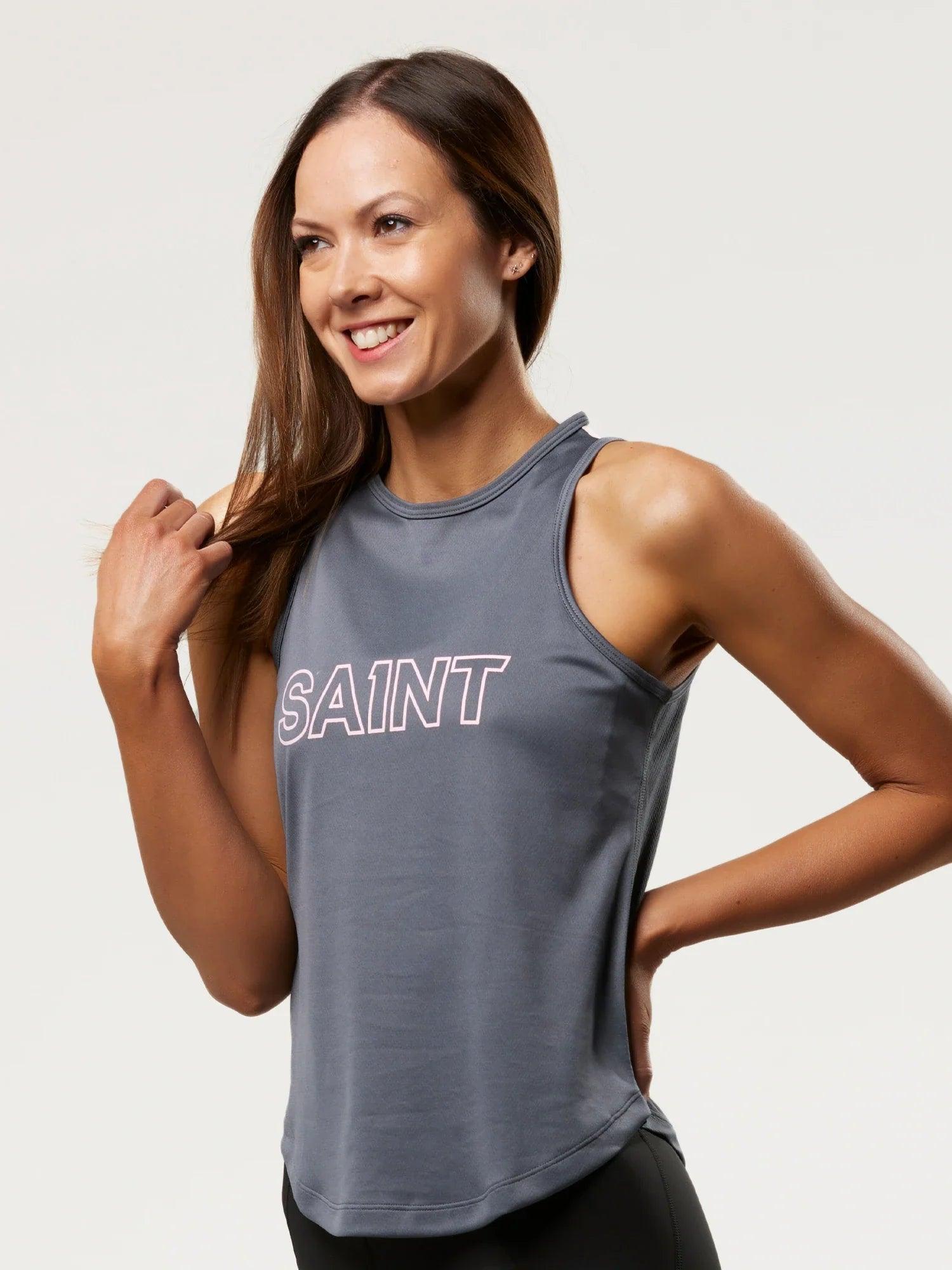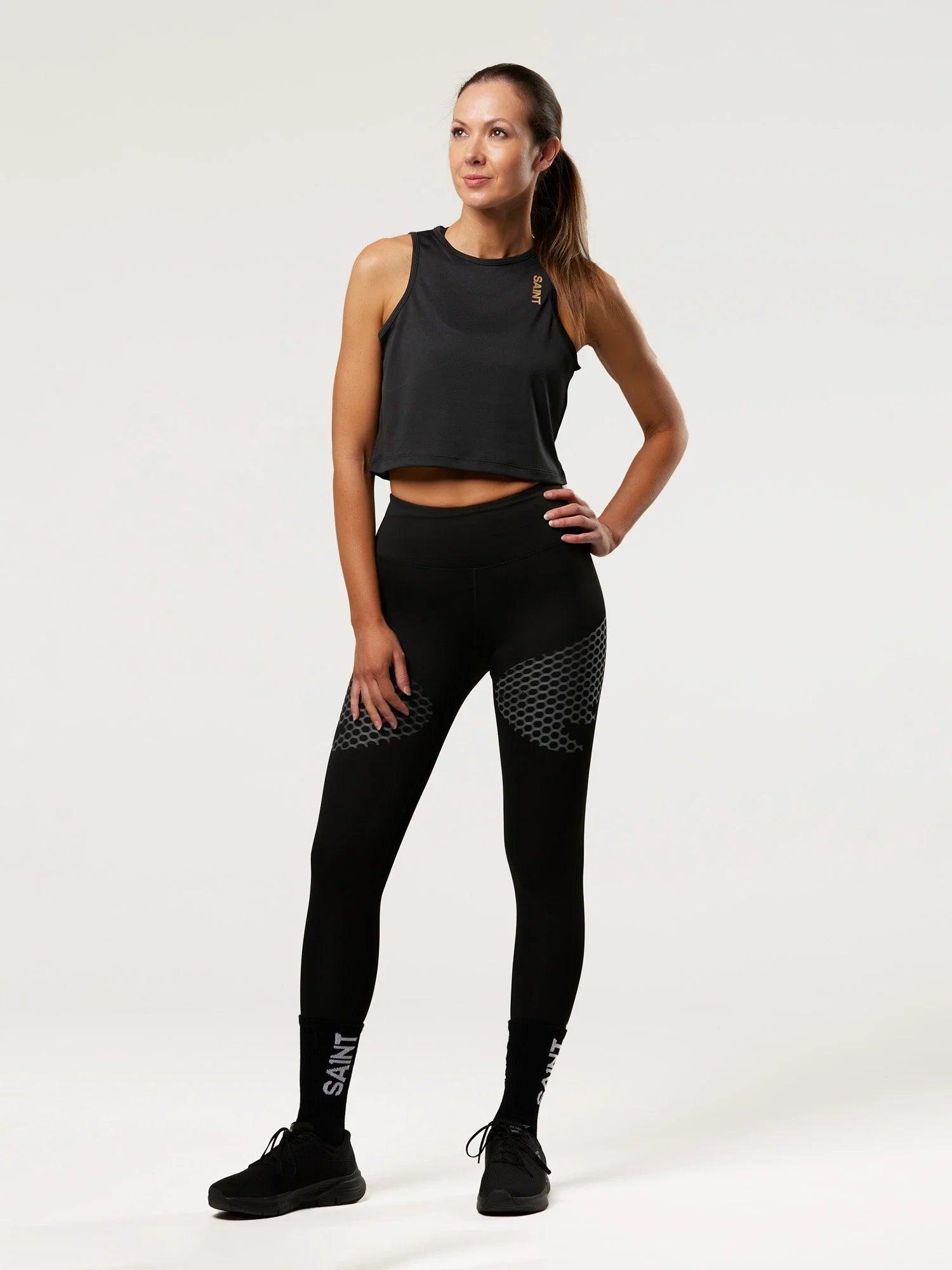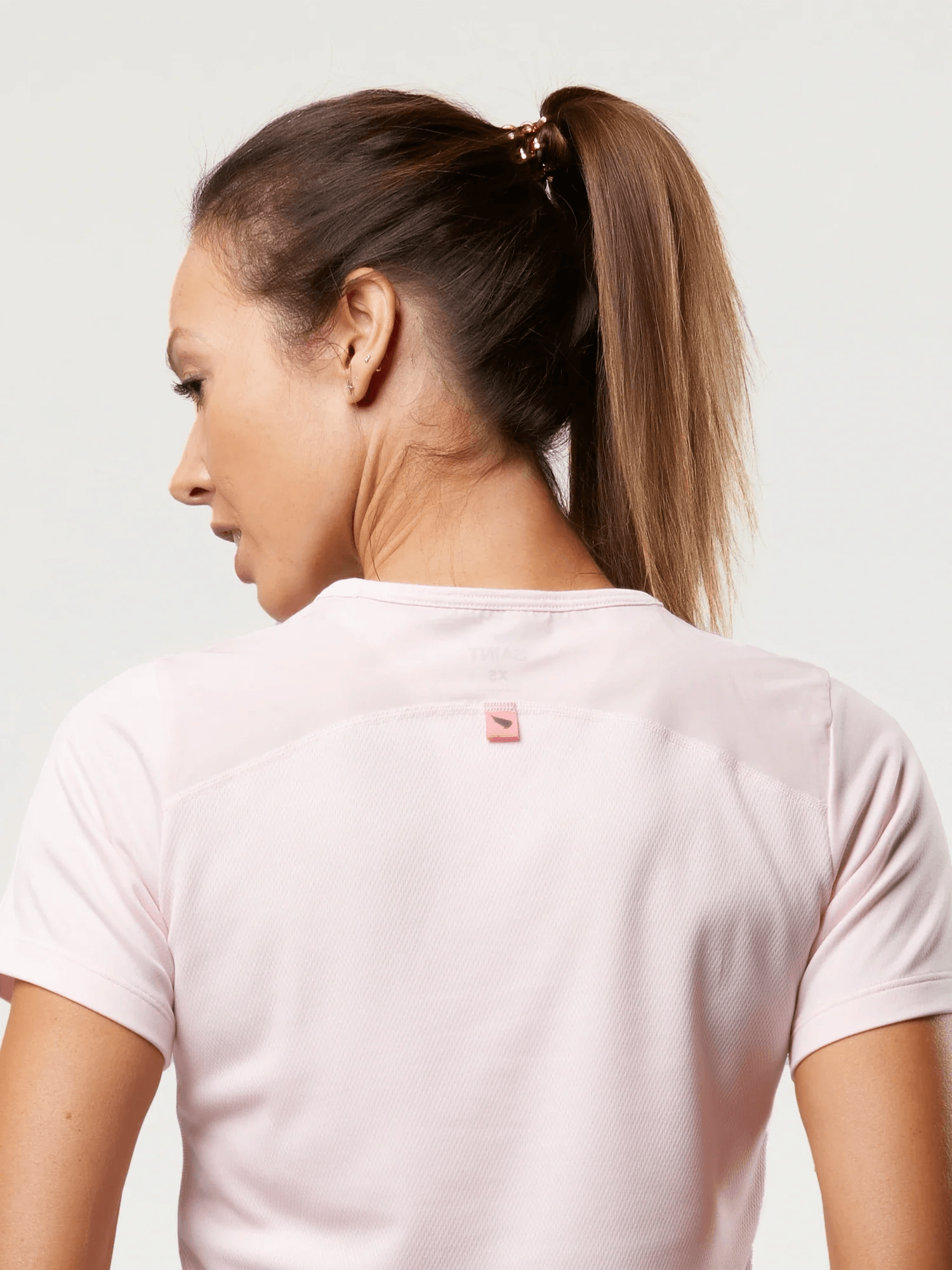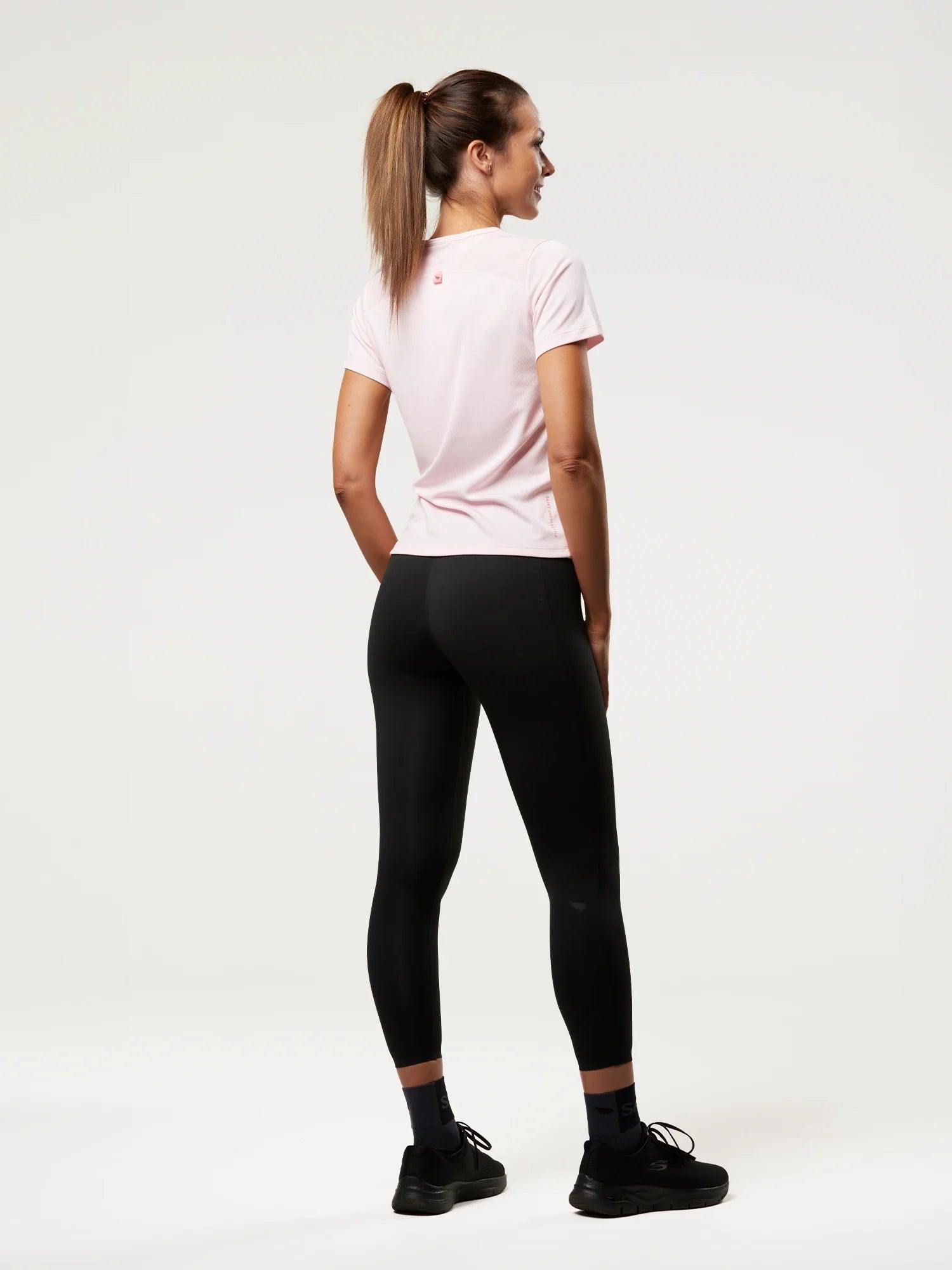Equipment is equally as important as training these days.
We could write a book on what equipment to choose when training for a marathon and why, but we've decided to keep it short and simple.
Here are our top 3 most important pieces of equipment for marathon runners.
Table of Contents
1. Carbon-Fibre Reinforced Running Shoes for Marathons
You don’t need to be an elite athlete to reap the benefits of carbon-fibre running shoes.
We recommend carbon-plated shoes to all sorts of runners, as they can boost your racing in many ways.
WHAT ARE THEY?
A carbon plate is used in the midsole to create rigidity and improve the stability of the platform. The carbon plate enhances energy return from the midsole material as a result of the additional stiffness.
DO THEY MAKE A DIFFERENCE?
Top runners and experts would estimate a time saving of about 2-3 seconds per kilometre. This doesn’t sound like a lot, but if you apply this to an elite 2:04 marathon runner, it’s now possible for them to knock 2 minutes off their time, just by switching their footwear.
HOW MUCH DO THEY COST?
This is something to weigh up when purchasing carbon-plated shoes; they don’t come cheap. The likes of Nike and Adidas will charge you $300 for a pair. This makes them considerably more expensive than a pair or traditional lightweight racing shoes. Nike recommends a lifespan of 200 mile (320km) to get the maximum effect of the carbon plate. If you do some quick math, that’s nearly a pound for every mile you run.
WHEN SHOULD I WEAR THEM?
Carbon plate shoes are an obvious choice for race day, and we recommend wearing them during your shorter, quicker efforts, such as intervals, hill sprints and general speed work. You can also use them during tempo runs, especially when practising your race pace.
WHEN SHOULDN’T I WEAR THEM?
Although it may be tempting to lace these amazing shoes up before every run, they can be hard on your muscles and joints over time, especially if you suffer from achilles tendon issues. For this reason, carbon-plated shoes should never be worn for recovery runs.

We recommend alongside a pair of carbon-plated shoes, you should have another training shoe in your rotation. Something with more cushioning and support perfect for your easy, long and recovery runs.
2. Heart Rate Monitor
Heart rate monitors (HRM) are a great way to gauge your efforts while on a run.
Investing in a Heart Rate Monitor will provide much more accurate insight than any HRM built into your wristwatch.
WHY IS IT USEFUL?
Monitor your effort on easy and hard runs:
During an easy run, you want to be sure you’re working in the correct zone and keeping the effort light.
With a HRM you can keep an eye on your watch and maintain a low intensity. This prevents you from running too hard and reduces the risk of fatigue and overtraining.
Conversely, on a marathon race pace run, it can help you to maintain pace and prevent you from running too fast or too slow.
Finding your training zones:
This is best done in a lab, but unlike professional athletes, not all of us have access to this. However, you can still get accurate results yourself with a good-quality heart rate monitor. To determine your zones you have to find your maximum heart rate and there are many ways to do this:
METHOD 1:
220 minus your age (This is the less accurate)
METHOD 2:
Use your max HR during a recent 5k race (This is more accurate)

Here are the most widely accepted zones for heart rate training.
Usually, runners use one of 5 zones.
Zone 1:
50-60% of max HR.
This is an easy recovery run, jog or walk.
Zone 2:
60-70% of max HR.
This is easy aerobic development HR, where most of your running should be.
Zone 3:
70-80% of max HR.
It is your tempo pace just below your anaerobic threshold, it is often overused by runners who drift here on easy runs.
Note : This a great zone to train in for marathon ‘race pace’ running. It is the zone that most runners are in for the majority of their marathon racing.
Zone 4:
80-90 of max HR.
This is usually over your anaerobic threshold. It’s great for interval training for 5km and 10km race training.
Zone 5:
90-100% of max HR.
This is red-lining it. Sprinters and middle-distance runners will train here. And others should usually only dip into it at the very end of a race.

3. Compression Tights & Shorts
Here are some reasons why I have included running in compression tights and shorts in my list of essential equipment.
It REDUCES MUSCLE FATIGUE by reducing muscle oscillation ( ie muscle vibrations as we run )
It also PROMOTES BLOOD FLOW CIRCULATION and reduces swelling.
This is why compression garments are used in hospitals when patients are bed-bound, or after operations and why it is recommended on long haul flights.
It also LOWERS THE RISK OF INJURY, by supporting the muscles, so you can also train longer before fatiguing.
TEMPERATURE CONTROL is another benefit.
Quality compression wear can keep you cool in the heat by keeping direct sunlight off the skin and yet offer a layer of insulation in cold weather.
One more thing you may not know, but is very interesting research; compression socks have been shown to help with guts issues in marathon runners.
A study in the Journal of Strength and Conditioning Research 2022 by Zadow, et al investigated the benefit of wearing compression socks during a marathon race to reduce exercise-associated intestinal damage.
They believed that compression socks might improve blood flow to the central parts of the body, which could reduce damage to the lining of the intestines. This, in turn, could prevent something called exercise-induced gastrointestinal syndrome.
Researchers collected blood samples from all participants 24 hours before and immediately after the marathon to measure the concentration of a protein called intestinal fatty acid-binding protein (I-FABP). This protein is a marker of intestinal damage.
The results showed that people who wore compression socks had significantly less damage to their intestines compared to people who didn’t wear them.

It’s early days in the research, but as well as helping prevent lower leg damage, there could be an extra bonus of reduced gut issues and that has to be good news for runners who suffer with stomach problems in marathons and long runs.
I would suggest socks as a bonus tip. Well fitting light socks that you have trained in are also very important to prevent blisters.
Finally I would like to add, don’t try anything new on race day. That is a recipe for disaster. Always use your equipment in training to make sure you are comfortable with it.
Good luck













